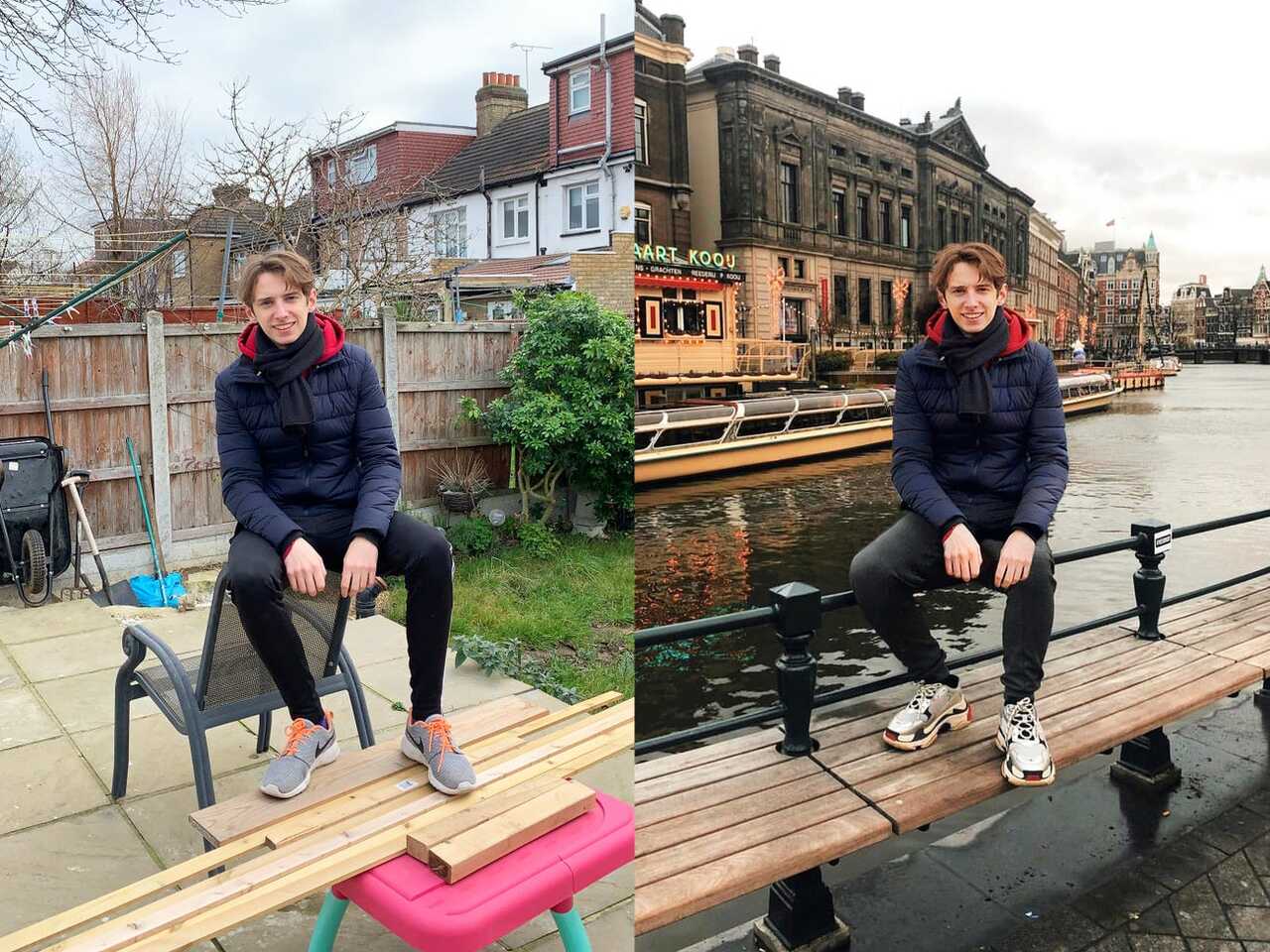I’m Going to Spend Thousands of Dollars on Travel to a Far Away Place I’ve Only Seen in Photos, How Can I Trust the Travel Photos I See in the Era of AI Generated Images?

(Photo by https://www.instagram.com/georgemason/)
Imagine this: after months, maybe years, of saving up, you’re finally ready to take that dream vacation to a picturesque destination you’ve only witnessed through photos. But in a world that’s steadily being infiltrated by AI-generated images that are almost indistinguishable from real ones, how do you ensure that the paradise you’re seeing on screen is truly what meets the eye in reality?
It’s a valid concern, especially when substantial investments are involved. Let’s navigate through some strategies and insights that might help in distinguishing the real from the reel.
The Rise of Deepfakes and AI-Generated Images
Before we dive into solutions, it’s vital to understand the gravity of the situation.
In recent years, AI technologies have advanced to a point where anyone can generate images that are almost identical to real photographs. From deepfakes that manipulate videos to AI tools that can create fictional, yet hyper-realistic landscapes, the extent of these technologies can sometimes be alarming.
But there are also fake influencers to be wary of, like George Mason pictured above (that declared publicly how he created fake travel photos - see the article linked below), who used Photoshop to create plausible fakes.
As a prospective traveller, this necessitates the cultivation of a discerning eye that can differentiate between authentic visuals and fabricated representations.
Check these out:
- Photographers Reveal How to Fake Influencer Travel Photos with a TV
- People Are Faking Travel Using Random Objects And It’s So Ridiculous It’s Kinda Funny
- A 21-year-old who faked a European vacation says it’s ‘worrying’ that so many people believed it was real
Verifying the Authenticity of Travel Photos
1. Official Place Brand Visual Libraries
One of the most reliable methods to verify the authenticity of travel photos is to refer to Official Place Brand Visual Libraries.
These libraries, maintained by official tourism boards or government agencies, offer a collection of verified and authentic images that depict the true essence of the place. Utilizing these resources ensures that you are viewing legitimate, untouched photographs, helping you plan your trip with confidence.
Examples:
2. Source Verification
While scouting for travel destinations, always check the credibility of the source of the images. Official tourism websites, accredited travel magazines, and established travel bloggers are more likely to provide authentic photographs compared to lesser-known or dubious sources.
3. Reviews and Testimonials
Another effective way to verify the authenticity of a place is by consulting reviews and testimonials from individuals who have already visited. Platforms like TripAdvisor, Google Maps, or travel forums can provide real experiences and sometimes, real travel photos from other travellers.
4. Cross-Referencing Images
When in doubt, cross-reference the travel images from various sources. If a place is genuinely as picturesque as it appears in a photo, chances are, multiple authentic sources will feature similar photos. If discrepancies are spotted, it might be worth digging a bit deeper.
5. Utilizing Reverse Image Search
If an image seems too perfect or somewhat ‘off’, employ a reverse image search to see where else the image appears on the internet. This can sometimes help in identifying AI-generated or manipulated images, as it might lead you to the original source or to various platforms where the image is tagged as artificial.
6. Practice SIFT
SIFT stands for:
- STOP
- INVESTIGATE THE SOURCE
- FIND TRUSTED COVERAGE
- TRACE BACK TO THE ORIGINAL
This is a quick and simple approach that can be applied to all sorts of sources, from scholarly articles to social media posts to memes, that will help you judge the quality of the information you’re looking at. It gives you things to do, specifically, four moves you should make, whenever you find a piece of information you want to use or share.
SIFT was designed by Mike Caulfield, an expert in digital literacy, and based on research he and others have done in how people consume and think about media.
Building a Trustworthy Visual Repository
As you embark on this journey of verification, consider building a repository of verified, authentic images that can serve as a visual guide for your travel planning. This not only helps in ensuring a genuine representation of the place but also assists in building realistic expectations for your trip.
You could do this in say Pinterest or even some sort of visual diary.
Connecting with Local Communities
Reaching out to local communities or individuals who reside in the destination can also be an insightful way to gauge the authenticity of the place. Engaging with locals through social media platforms or community forums can provide first-hand information and sometimes, unseen pictures of the place, giving you a more comprehensive view.
Leveraging Technology for Verification
Technology is not just a tool for creating deepfakes or AI-generated images; it’s also a potent tool in combating them.
There are emerging technologies and platforms that specialize in detecting manipulated or AI-generated content. Keeping abreast with such developments can be beneficial in ensuring the authenticity of your travel photos.
Check out theses resources:
- PCMag Australia - How to Detect AI-Created Images
- NPR - AI-generated images are everywhere. Here’s how to spot them
- Browser Extention AI-OR-Not
- Stock Photo Secrets - 4 Simple Ways to Identify AI Generated Images
Conclusion: Setting Forth with an Informed Perspective
As we navigate the nuanced landscape of AI-generated content, it becomes increasingly essential to approach the information we consume, especially imagery, with a critical eye.
Being aware of the potential travel photo manipulations and knowing how to verify the authenticity of visuals can make a significant difference in setting realistic expectations for your travels.
Remember, the goal is not just to protect your investment, but also to preserve the sanctity of your travel experiences. In the face of advancing technologies, cultivating a discerning approach towards content verification becomes a necessary skill.
As you set forth on this exciting journey, armed with verified visuals and realistic expectations, remember that the beauty of travel lies in the real experiences, the authentic connections, and the genuine discoveries that no AI can replicate.
Happy and informed traveling!
I’m Going to Spend Thousands of Dollars on Travel to a Far Away Place I’ve Only Seen in Photos, How Can I Trust the Photos I See in the Era of AI Generated Images?
In a world that’s being infiltrated by AI-generated images, how do you ensure that the paradise you’re seeing in travel photos is what meets you in reality?


